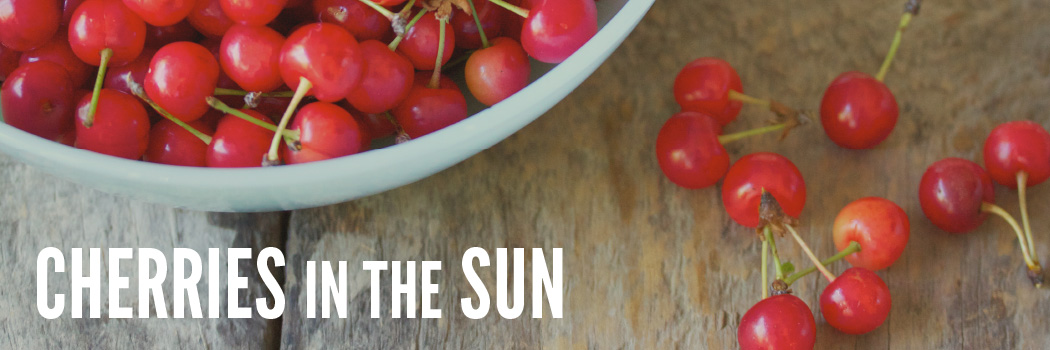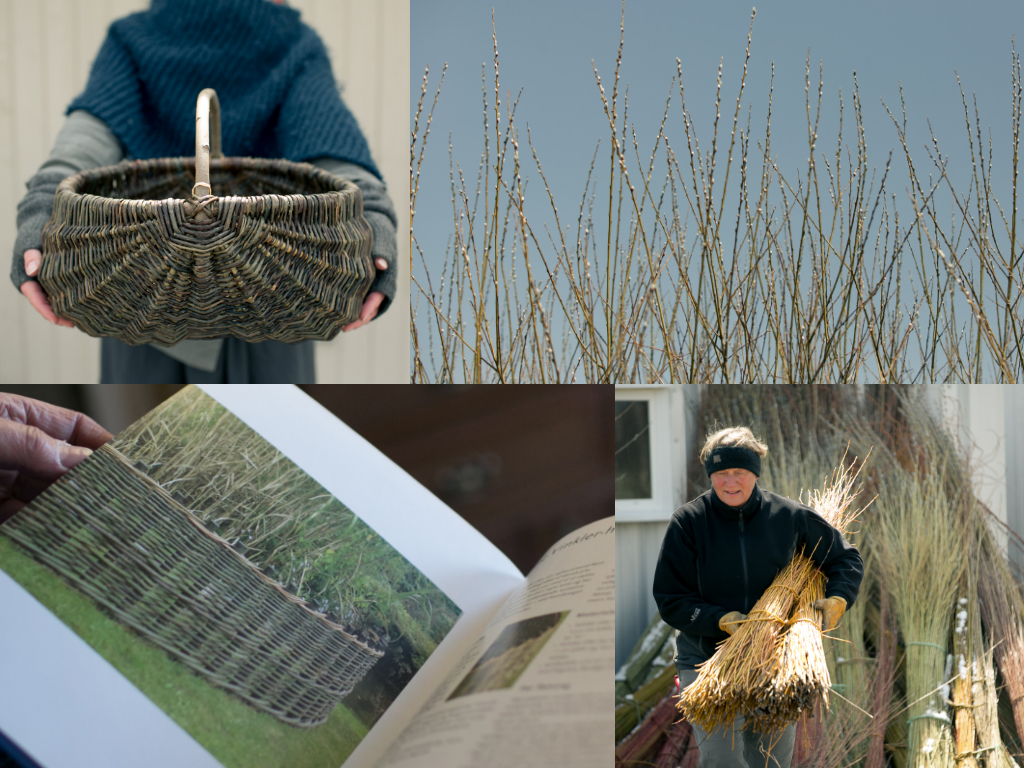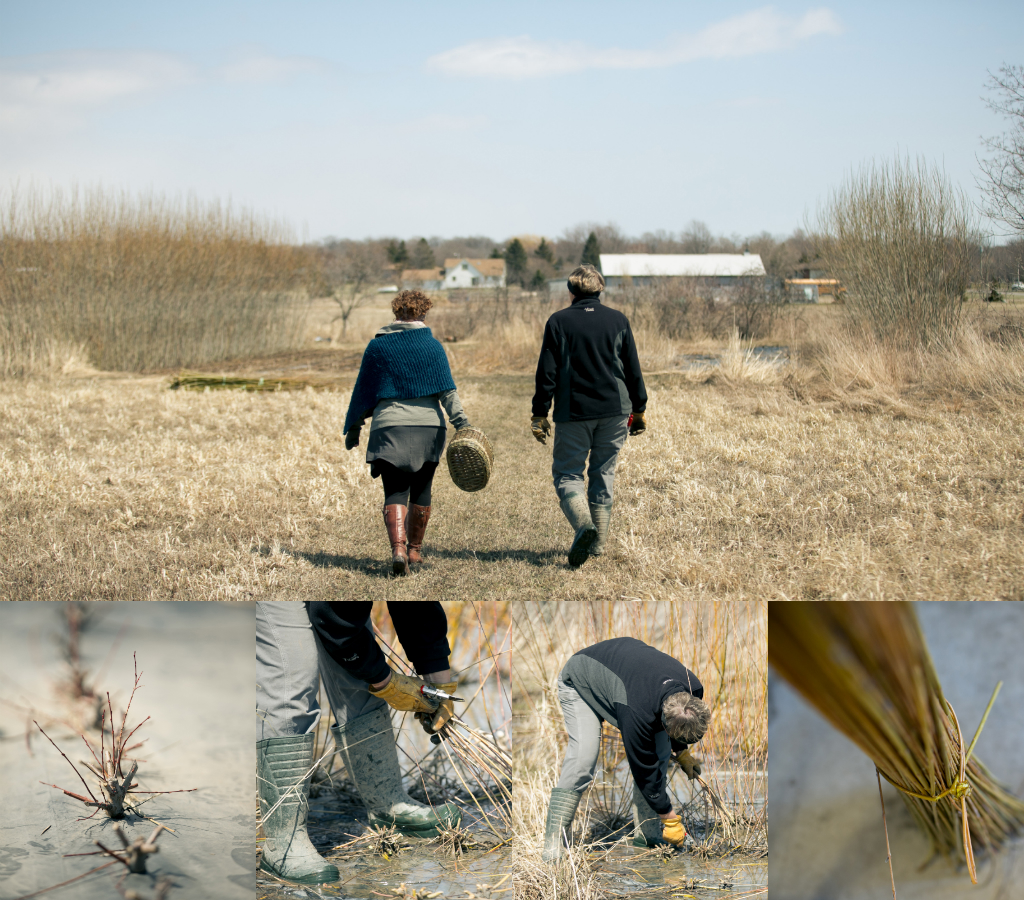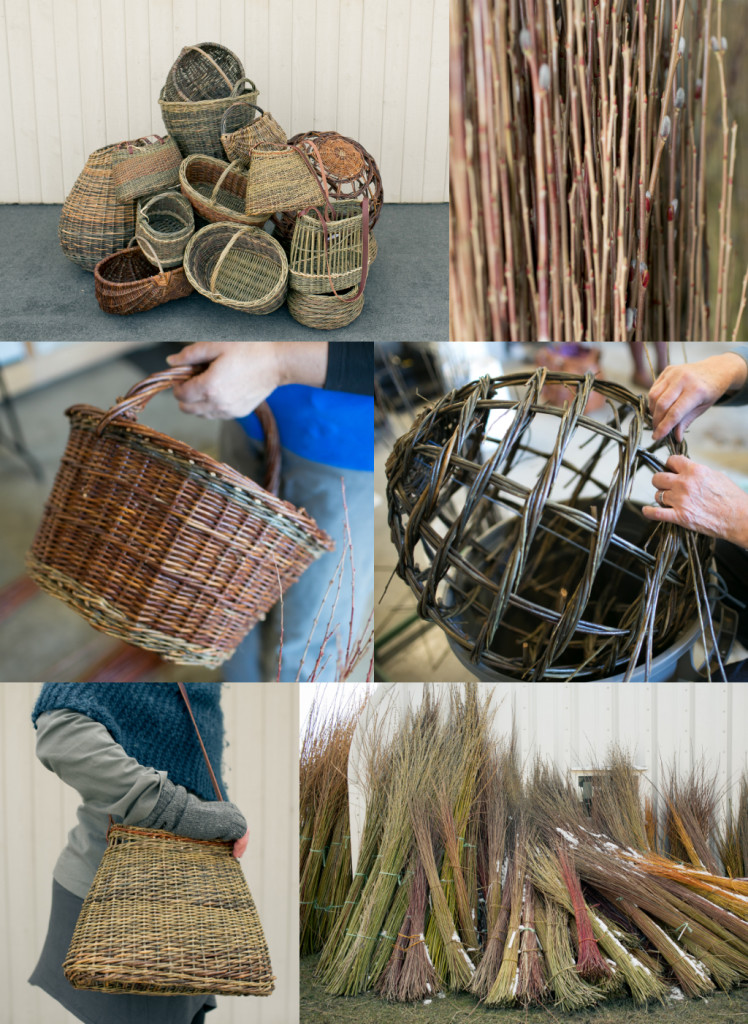It all started when Lene Rasmussen travelled to her home in Denmark one summer. While there, she stumbled upon an extraordinary fence, hand-woven from natural willow. As she admired the willow fence, it became a divider, separating the time before and the moment after. Her mother’s recent passing had given Lene a refreshed perspective and this willow fence suggested a way to put thoughts into action – a way to close a door to the old life and a step out onto the path of something new.
The willow fence was breathtakingly beautiful. It was long and sweeping, a piece of woven art, serving both form and function. Lene dreamt of making this fence in the future, maybe even crafting it for somebody … around their home or in their garden. She envisioned this in her mind and decided then and there, that she would learn how to make a willow fence. It became a goal. A beautiful dream.
The very nature of a dream is that it is surreal… often wildly impractical. Sketchy. Over-the-top amazing … and often unreachable. The beauty in a dream is not only in the achieving, but in the trying. And this is what Lene set out to do. Shortly after discovering the willow fence she attended a basket-making class. Then she set out on the journey to make her dream a reality.
I think it’s fair to say that a romance was sparked while in that Danish basket-making class a decade ago. She still has her first basket, and I am impressed with the level of her skill, right from the start. It’s a really nice basket! Talking to Lene today at her willow farm on Lake Erie, I practically see hearts and stars in her eyes when she talks about making baskets. The air is filled with the spicy scent of fresh cut willow and I pause the breathe it in, nearly pressing my face into the stacks of branches to get as close as possible. Spring snow is crusted on the bottoms of the bundles here and there and in the corner there is a table heaped with piles of finished willow work. Baskets of every variety, bird-feeders and the cutest willow purses I have ever seen. Nataschia and I might end up in a fist fight to determine who gets to take a purse-basket home.
Walking through the field, we step over – or rather, through – a large puddle which seems to be part of a small river winding it’s way through the grasses. Then the mudwater begins to seep into my socks. No turning back now. I was warned to wear rubber boots but opted for fashion instead. Mud is speckled all the way up the front and sides of my leather boots. This is what happens when you walk in a willow field by the lake … you get dirty. Really dirty.
Lene leads us to a patch of yellow willow at the back of the field. Cutters in her hand she holds the branches and snips the base of the plant almost down to the soil. This is the third step in what I think is a long and tedious process in the art of basket making. As we slug through the soaked field, the wind chaps my hands and my face. I try not to complain as Lene tells me that she’s been out here harvesting in the cold for many, many days already. Being a basket maker requires dedication and a very strong back.
I have noticed something curious about Lene’s work process. She’s the only craftsperson I can think of who has not involved any outside sources to produce her work. No materials have been sourced or purchased at any point along the process. Think about that for a second. It’s quite impressive. These baskets are as handmade as they could possibly be and couldn’t be any more local.
Lene is a grower of over 30 various varieties of willow. She started out with 250 willow plants in the clay earth. Now, she has 15,000 plants in two fields and has cultivated most of them from her own cuttings. I have done a bit of rough math to figure out that in one spring alone, Lene cuts at least 150,000 stems of willow. By hand. (well, actually, they just bought a harvester this year, which will cut the job of harvesting in half, time-wise… but seriously… that’s a lot of willow cutting!)
After cutting, she bundles the branches by tying them with a piece of willow and sets them in a large upright pile on the north side of the barn. It’s an incredible sight to see… all that willow in tidy bundles stacked on itself – awaiting creation. Before they dry out, the bundles have to be manually sorted. She does this by dropping the branches in large bin to pull them out according to size, starting with the longest and ending with the shortest. Then she bundles them one more time, leaving them to dry. Before any weaving begins, the willow is soaked in water to make it pliable. Finally, it’s ready and Lene can make a basket.
Phew! What a job!
I will never look at baskets the same way again. I had no idea.
Lene’s dedication to her craft astounds me. It inspires me. She started with a dream – a vision of the future. It was a leap of faith sprinkled with impracticalities and obstacles. It was both a letting go … and a holding on. And after a whole lot of hard work and literal sweat, it’s a dream come to fruition. She is a creator of baskets from her own willow.
Wait a second… that’s not what her vision was! Remember the fence idea? That’s how this journey began – a dream of building a willow fence. Since that epiphany in Denmark, Lene has revised her plan, re-sketched her vision, re-dreamt her dream. It turns out that fence-worthy willow takes 5 years to grow while basket willow takes only one season. Aaaah.. even a dreamers have to be practical sometimes.
While she’s not the fence-maker that she originally intended, she is satisfied. In fact, I would say that she’s very happy, indeed. I admire that she stepped out to make the first step on the trek toward becoming a willow fence-maker. If she hadn’t, she would never had discovered the joy in making baskets.
As they say, it’s not the destination, it’s the journey. And what a beautiful journey it has been.
——————————————————————————————————————————————–
By the way, Nataschia and I will be visiting Lene once again in mid-May so she can demonstrate her basket-making skills. Also, she has promised to teach me how to make one. I absolutely can’t wait!
——————————————————————————————————————————————–
All photographs courtesy of Nataschia Wielink photo + cinema for people madly in love
This blog post brought to you by….
The Abstract Project: Exploring head-space and studio-space of Niagara artists.
A project created by photographer Nataschia Wielink and artist/writer Jennifer Elliotson which endeavors to expose the heart behind the work of artists in the Niagara region. It involves many curious and probing questions, thoughtful answers, amazing art (obviously), and lots of coffee.
It is our hope that you will join us in this adventure and send the love back to our artists with support and encouragement as they continue to SHINE!





Cathryn Peters
Thank you so much for posting the wonderful article about Lene and her willow farm! I had the distinct pleasure of attending a week-long willow basketry class there last year (2013) with Danish instructor Anne Mette Hjørnholm. Finally got to meet Lene in person after knowing her online for several years and learned so much from Anne Mette, weaving with Lene’s lovely willow!
The Wicker Woman®–Cathryn Peters, Angora, Minnesota, USA